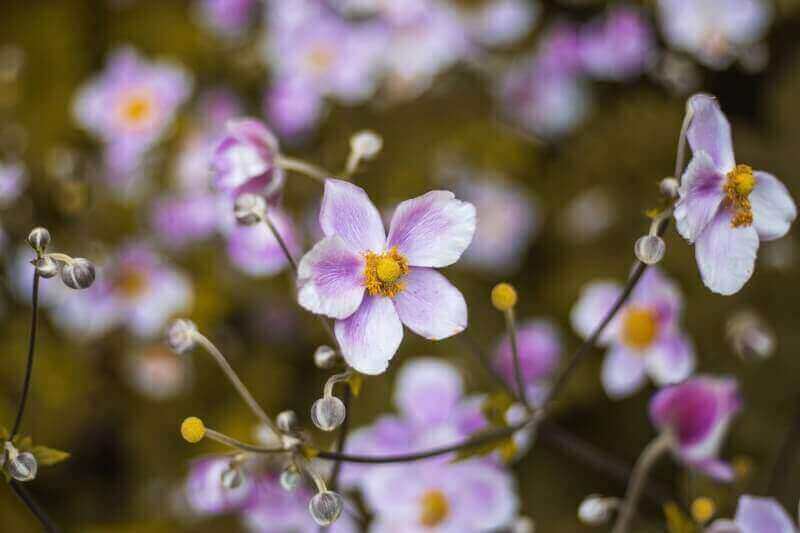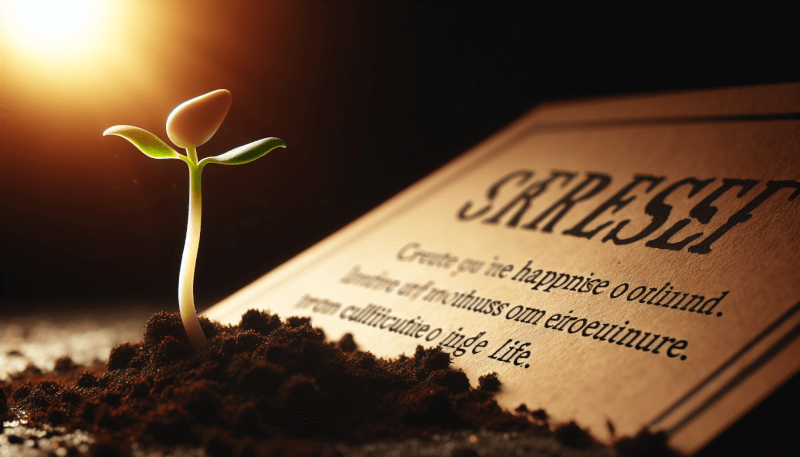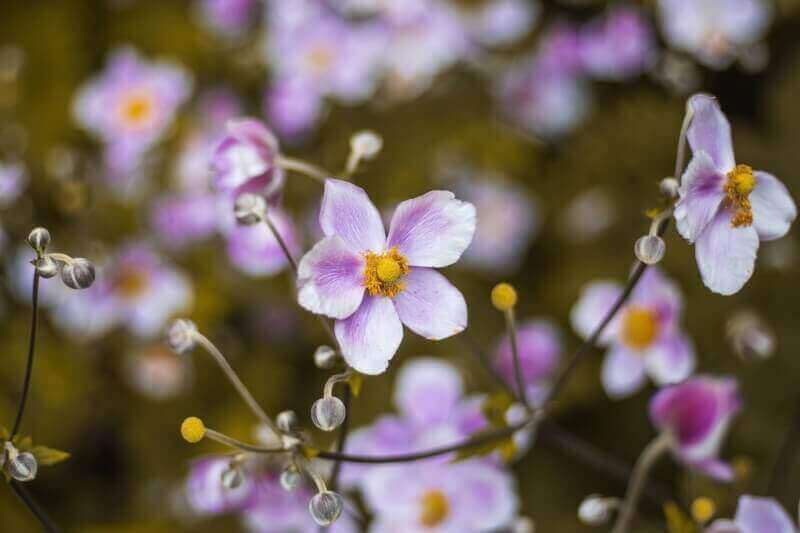Have you ever wanted to try your hand at growing plants from seeds, but didn’t know where to start? Look no further! In this article, you’ll find a comprehensive guide on how to successfully germinate seeds. Whether you’re a seasoned gardener or a novice enthusiast, we’ve got you covered. With easy-to-follow steps and useful tips, you’ll soon be on your way to watching those tiny seeds transform into beautiful, thriving plants. So, grab your gardening gloves and let’s get started on this exciting journey of seed germination.
Selecting Seeds
When it comes to starting a garden, selecting the right seeds is crucial for ensuring a successful and bountiful harvest. Determining the seed type that aligns with your gardening goals is the first step in the selection process. Are you interested in growing vegetables, herbs, or flowers? Knowing your desired outcome will help you choose the appropriate seeds.
In addition to seed type, it is important to choose healthy seeds. Look for seeds that are plump, firm, and free of any visible damage or discoloration. Avoid seeds that appear shriveled or have moldy coatings. By selecting healthy seeds, you are giving yourself the best chance for germination and strong seedling growth.
Considering climate and season is also essential when selecting seeds. Different plants thrive in different environments, so it is important to choose seeds that are suitable for your local climate and the current season. Researching the ideal planting times for specific plants in your region will help you make informed decisions and optimize your chances of success.
Checking seed viability is the final step in selecting seeds. This involves testing the germination rate of the seeds, which indicates the percentage of seeds that are likely to sprout. To check seed viability, you can perform a simple germination test by placing a few seeds on a moist paper towel, keeping them in a warm location, and monitoring their progress. By checking seed viability, you can identify any seeds that may have a lower germination rate and adjust your planting strategy accordingly.

Preparing Containers
Once you have selected your seeds, it is time to prepare the containers that will serve as the initial homes for your seedlings. Choosing the right container is important as it provides the necessary space and support for the growing plants. Options include trays, pots, or even repurposed containers such as yogurt cups or egg cartons. Consider factors such as the size of the plants, the root system, and the amount of space available for the containers.
Cleaning and sterilizing containers is a crucial step in ensuring a healthy growing environment for your seedlings. Abrasive wipes or a mixture of bleach and water can be used to thoroughly clean the containers and remove any potential pathogens or contaminants. Sterilizing containers helps eliminate the risk of diseases that can hinder the growth of your seedlings.
Creating drainage holes in the containers is important for proper water drainage and preventing waterlogged soil. These holes allow excess water to escape, preventing root rot and other water-related issues. Utilize a drill, hammer, or any other sharp object to create small holes at the bottom of the containers, ensuring that the holes are evenly spaced for effective drainage.
Preparing a suitable growing medium is the final step in container preparation. A mixture of peat moss, vermiculite, and compost is commonly used as a seed starting medium. This type of medium provides the ideal balance of moisture retention, aeration, and nutrient availability for seedlings. Mixing these ingredients thoroughly will yield a well-draining and nutrient-rich medium that will support healthy seedling growth.

Germination Methods
There are several methods you can employ to germinate your seeds successfully. Each method has its own advantages and is suitable for different types of seeds. Consider the specific requirements of your seeds and choose the germination method that best suits your needs.
The direct sow method involves planting your seeds directly into the ground or a garden bed, eliminating the need for transplanting. This method is best for large seeds or plants that do not transplant well. It is important to select an appropriate location with suitable soil conditions and prepare the soil adequately before sowing the seeds at the correct depth.
Indoor germination allows you to start the germination process indoors before transplanting seedlings outdoors. This method is especially useful for seeds that require a longer germination period, delicate or finicky plants, or regions with shorter growing seasons. By providing controlled environmental conditions, such as temperature and lighting, you can ensure optimal germination rates and early seedling development.
Stratification is a germination method that involves subjecting seeds to a period of cold or warm temperatures to simulate natural winter or spring conditions. This helps break down seed dormancy and triggers the germination process. Depending on the specific requirements of your seeds, cold or warm stratification methods may be used. Understanding the need for stratification and how to execute the process correctly is essential for achieving successful germination.
Scarification is a germination method used for seeds with hard or impermeable seed coats. By physically scratching or nicking the seed coat, scarification allows water and oxygen to penetrate the seed, promoting germination. Understanding the need for scarification and the various methods of scarification will help you successfully germinate seeds that require this treatment.

Providing Optimal Growing Conditions
To ensure the healthy and vigorous growth of your germinating seeds, providing optimal growing conditions is crucial. By understanding and addressing the unique needs of your seeds, you can create an environment that fosters successful germination and seedling development.
Temperature requirements vary depending on the type of seeds you are germinating. Some seeds prefer warmer temperatures, while others require cooler conditions. It is important to maintain a consistent temperature within the ideal range for your specific seeds to ensure successful germination.
Light requirements also vary among different seeds. Some seeds require light for germination, while others prefer darkness. Researching the light preferences of your seeds and providing the appropriate amount and duration of light each day will support healthy growth and development.
Watering techniques are crucial during germination as excessive or inadequate moisture can hinder seedling growth. It is important to provide consistent moisture levels by regularly watering your seeds, ensuring the growing medium remains moist but not saturated. Using a gentle watering method, such as misting or bottom watering, can prevent overwatering and damage to delicate seedlings.
Humidity levels play a role in successful germination as well. Some seeds prefer higher humidity levels, while others require lower levels. Maintaining appropriate humidity levels by using a humidity dome or misting the surrounding air will help create the optimal conditions for seed germination.
Air circulation is often overlooked but is vital for healthy seedling growth. Proper airflow helps prevent the growth of mold and mildew, which can be detrimental to seedlings. Implementing a small fan or opening windows to allow for natural air movement will help maintain a healthy environment for your germinating seeds.

Caring for Germinating Seeds
Caring for your germinating seeds requires consistent attention and monitoring. By providing the necessary care, you can ensure healthy and robust seedling growth.
Daily monitoring is important to identify any potential issues early on. By observing your germinating seeds daily, you can spot signs of poor germination, disease, pests, or environmental stress. Promptly addressing these issues will increase the chances of success and minimize damage to your seedlings.
Maintaining proper moisture levels is crucial during the germination process. Monitoring the moisture content of the growing medium and adjusting watering frequency accordingly will prevent over- or under-watering. Consistently moist but not waterlogged soil promotes healthy root development and seedling growth.
Fertilizing seedlings is necessary once they have developed their first true leaves. Using a diluted organic fertilizer or a specialized seedling fertilizer will provide the necessary nutrients for healthy growth. Following the recommended application rate and frequency will ensure that your seedlings receive the nutrients they need without causing damage or stress.
Thinning seedlings is often required to provide adequate space and resources for the remaining seedlings to thrive. Carefully removing weaker or overcrowded seedlings will prevent competition for resources and enable the remaining seedlings to grow stronger.
Protection from pests and diseases is essential during the germination phase when seedlings are particularly vulnerable. Implementing physical barriers, such as netting or covers, and using organic pest management methods will help prevent damage from pests and the spread of diseases. Regularly inspecting your seedlings and taking appropriate action will help ensure their well-being.

Transplanting Seedlings
Transplanting seedlings is an important step in the growth journey of your plants. Understanding the timing, proper techniques, and aftercare involved in transplanting will help ensure a successful transition from the seedling stage to full-grown plants.
Knowing the right time to transplant is crucial for the health and well-being of your seedlings. Typically, seedlings should be transplanted when they have developed their first true leaves and are sturdy enough to handle the stress of transplantation. Transplanting too early can shock the seedlings, while transplanting too late can lead to root-bound plants.
Preparing the planting site is essential before transplanting your seedlings. Clear any weeds or debris from the area and ensure that the soil is adequately prepared and amended if necessary. This will provide a welcoming environment for your seedlings and promote healthy root growth.
Gently removing seedlings from their containers is crucial to avoid damaging the delicate roots. Carefully loosen the soil around each seedling and support the stem as you lift it out of the container. Take care to minimize root disturbance during this process.
Planting seedlings at the proper depth is important to ensure their healthy establishment. Dig a hole slightly larger than the root ball of each seedling and position it at the appropriate depth. Gently firm the soil around the base of each seedling to provide stability and optimal contact between the roots and the soil.
Watering and aftercare are necessary for seedlings after transplanting to help them recover and establish themselves in their new environment. Water each seedling thoroughly after transplanting to settle the soil around the roots. Provide regular watering and monitor the seedlings closely to ensure they receive adequate moisture during this critical period. Additionally, protect seedlings from harsh sun or extreme weather conditions by providing temporary shade or shelter.
By following these comprehensive steps and providing proper care throughout the germination and seedling stages, you can set yourself up for gardening success. Remember to always refer to specific instructions provided by seed manufacturers and to adapt your gardening techniques according to the unique needs of your plants. With patience, persistence, and a little bit of knowledge, you can enjoy the rewards of your hard work as your garden thrives and flourishes. Happy gardening!

